- All posts
- Concrete
- Driveway
- electric heated mats
- Energy Efficiency
- Enjoy
- Hail
- Health
- Heated Driveways
- Heated Floor Mats
- Heated Mats
- Home Maintenance
- Ice
- ice dams
- Landscaping
- Liability
- Michigan
- Press + Praise
- Property Maintenance
- residential
- Roof
- Roofs
- safety
- salt
- Senior Safety
- Shoveling
- shovelling
- Slip and Fall
- Snow
- snow and ice management
- Snow and Ice Removal
- Snow Melting
- Snow Melting Mats
- Snow Removal
- Snow Removal Contractor
- Winter Car
- Winter Driving
- Winter Gardening
- winter prep
- Winter Safety
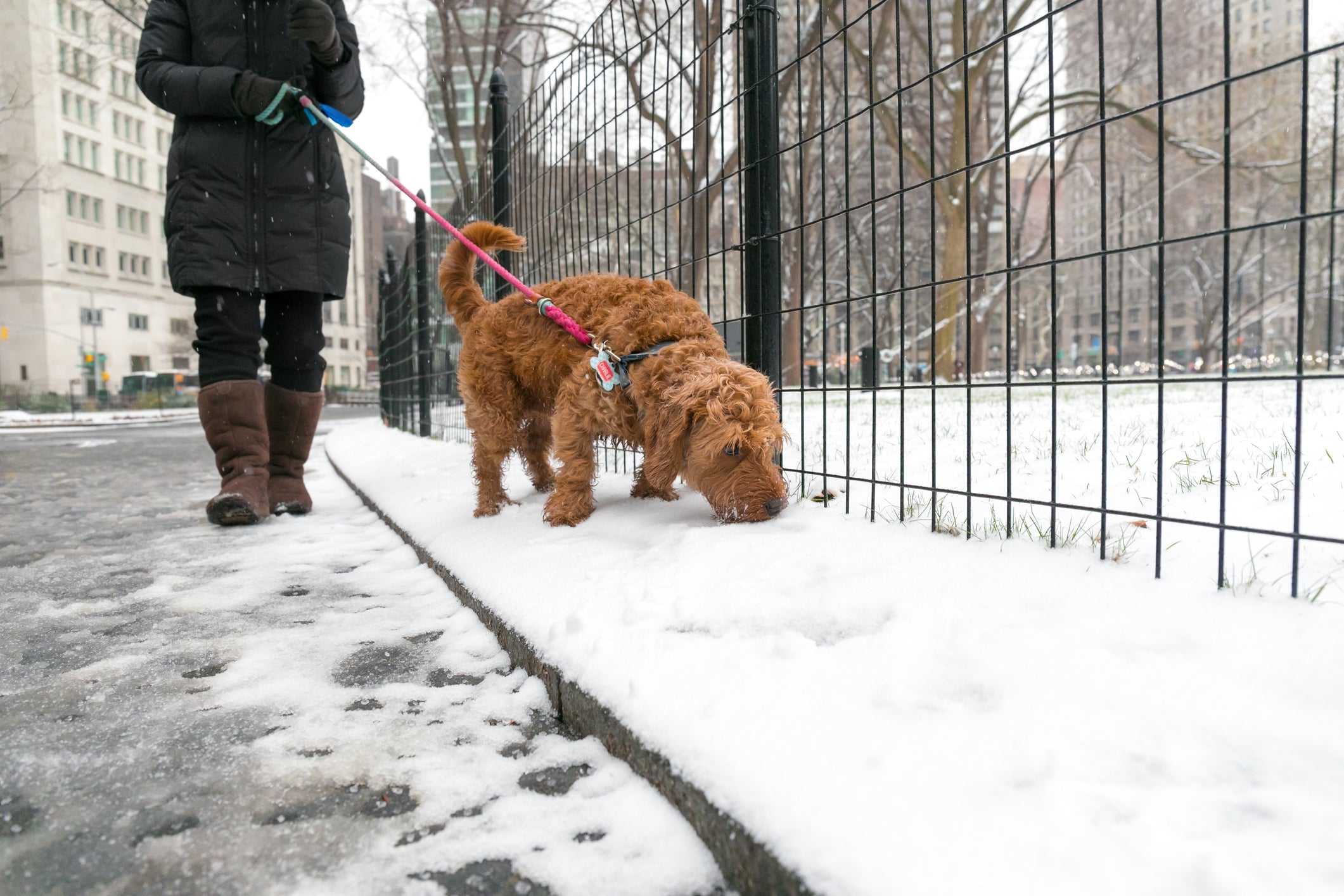
Pet-Safe Sidewalk Salt: What You Need to Know This Winter
Keep your pets safe this winter! Discover pet-friendly sidewalk salt alternatives and a safer way to melt snow.
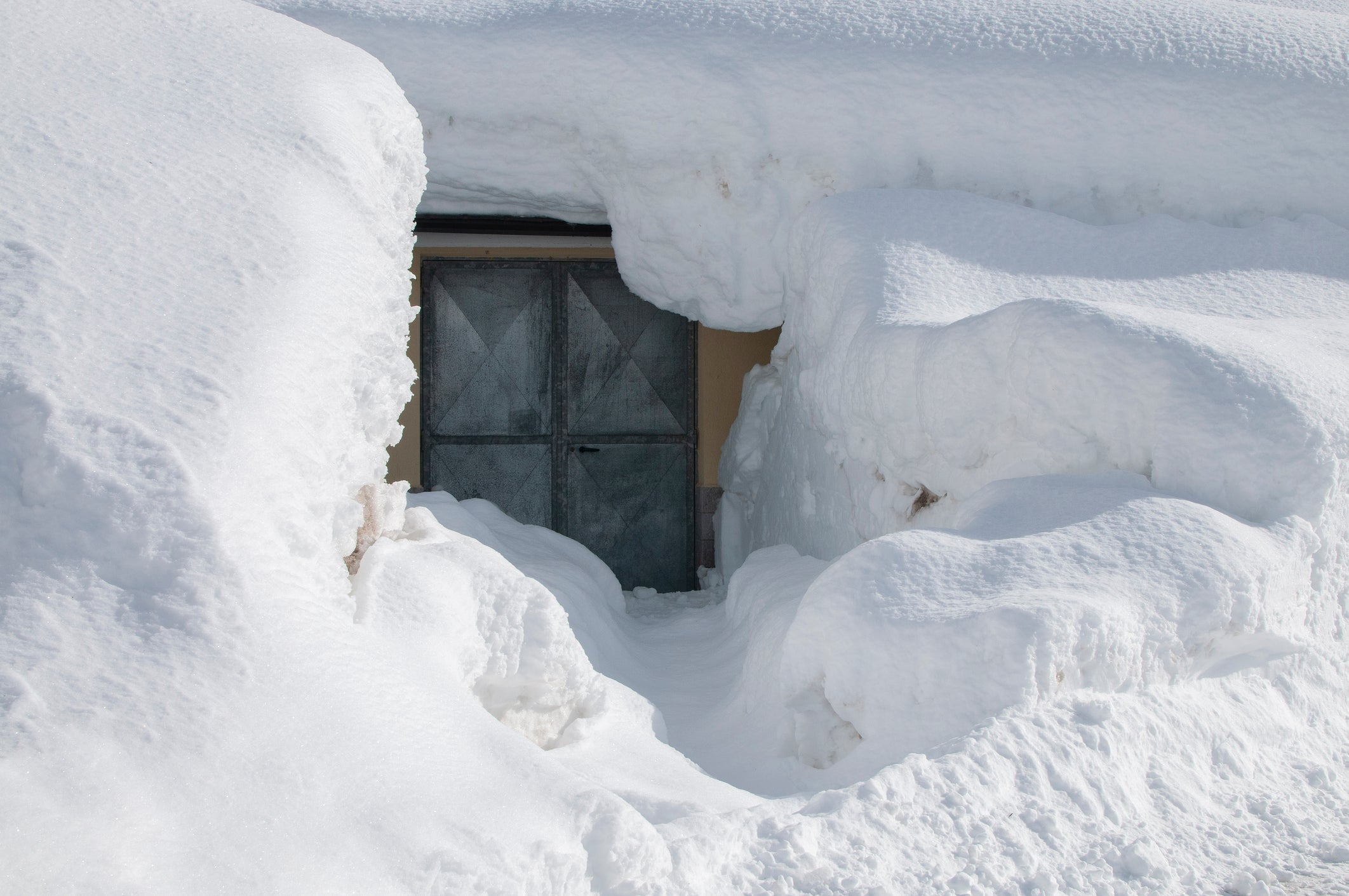
5 Ways to Prepare for a Snow Emergency
When winter storms hit unexpectedly, being prepared can mean the difference between a minor inconvenience and a major emergency. Snow emergencies can disrupt daily life, damage property, and even p...
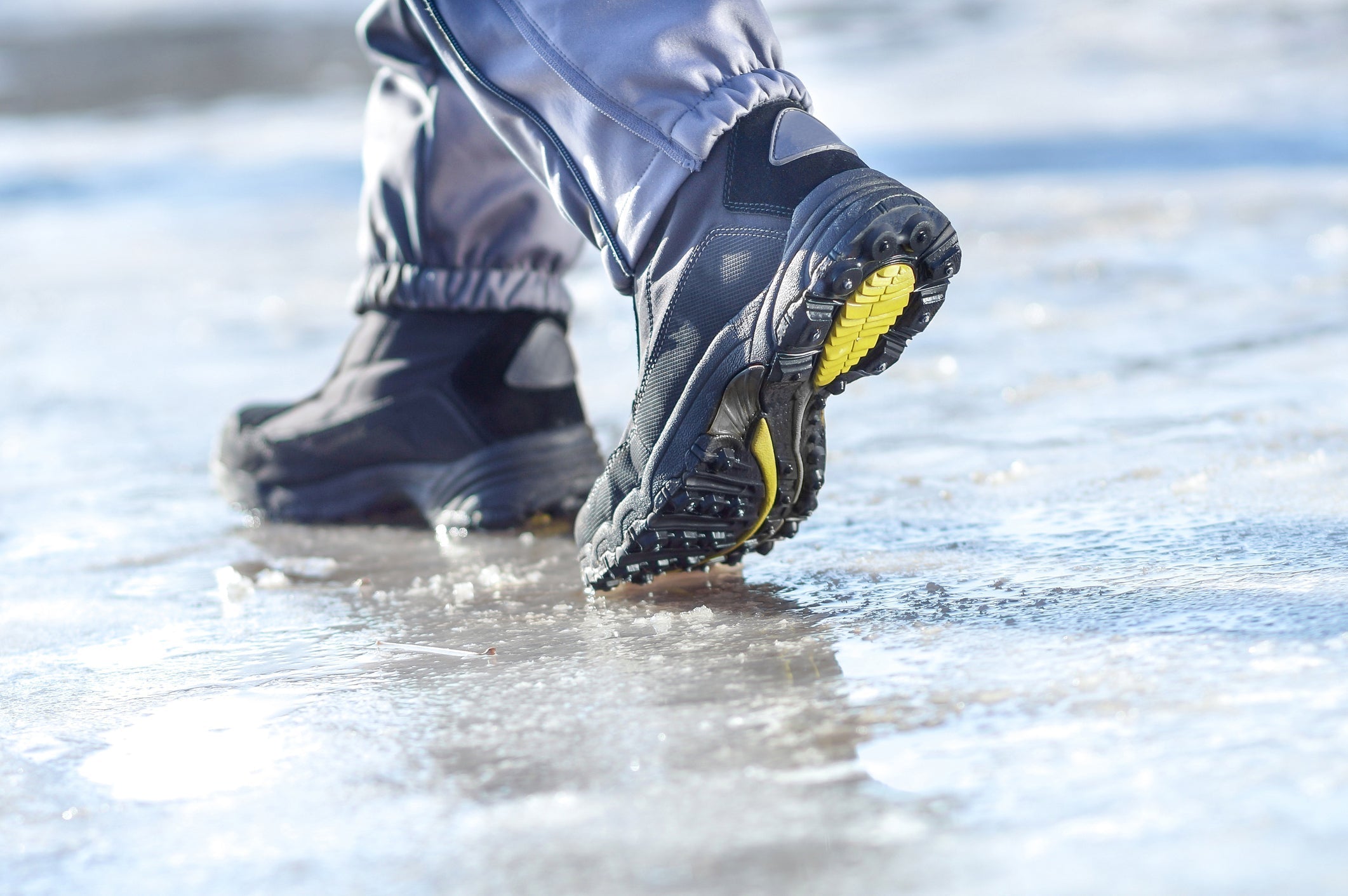
5 Ways to Stay Slip-Free This Winter
Winter brings snow-covered landscapes and chilly air—but also hazardous, slippery conditions. Slips and falls on ice can lead to serious injuries, making it essential to take precautions before hea...
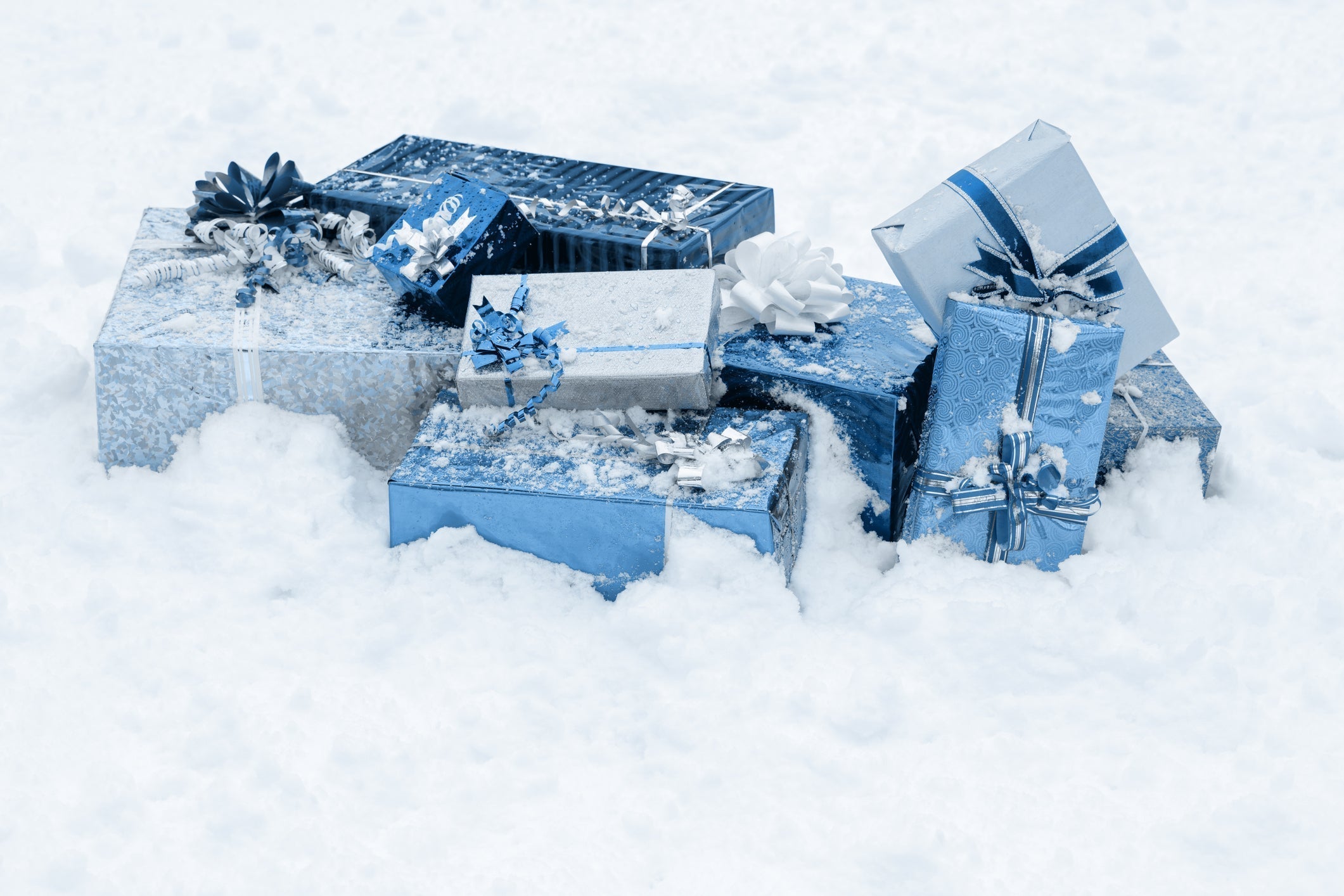
Unique Gift Ideas to Make Winter Wonderful
Finding the perfect gift can be a challenge, especially when you want to surprise someone with something truly unique. Whether you're shopping for a loved one, a coworker, or even yourself, thought...

Is HeatTrak Equipped to Manage the Challenges of Lake Effect Snow?
If you live in a region prone to lake effect snow, you know how relentless and unpredictable winter storms can be. With snow accumulations piling up at astonishing rates, it’s crucial to have a rel...

Can Shoveling or Snow Blowing Actually Affect Your Heart? Here’s What to Know.
In previous blog posts, we’ve gone over the potential risks of shoveling, including the most common injuries and how it can affect heart health. However, more information has been released regardin...
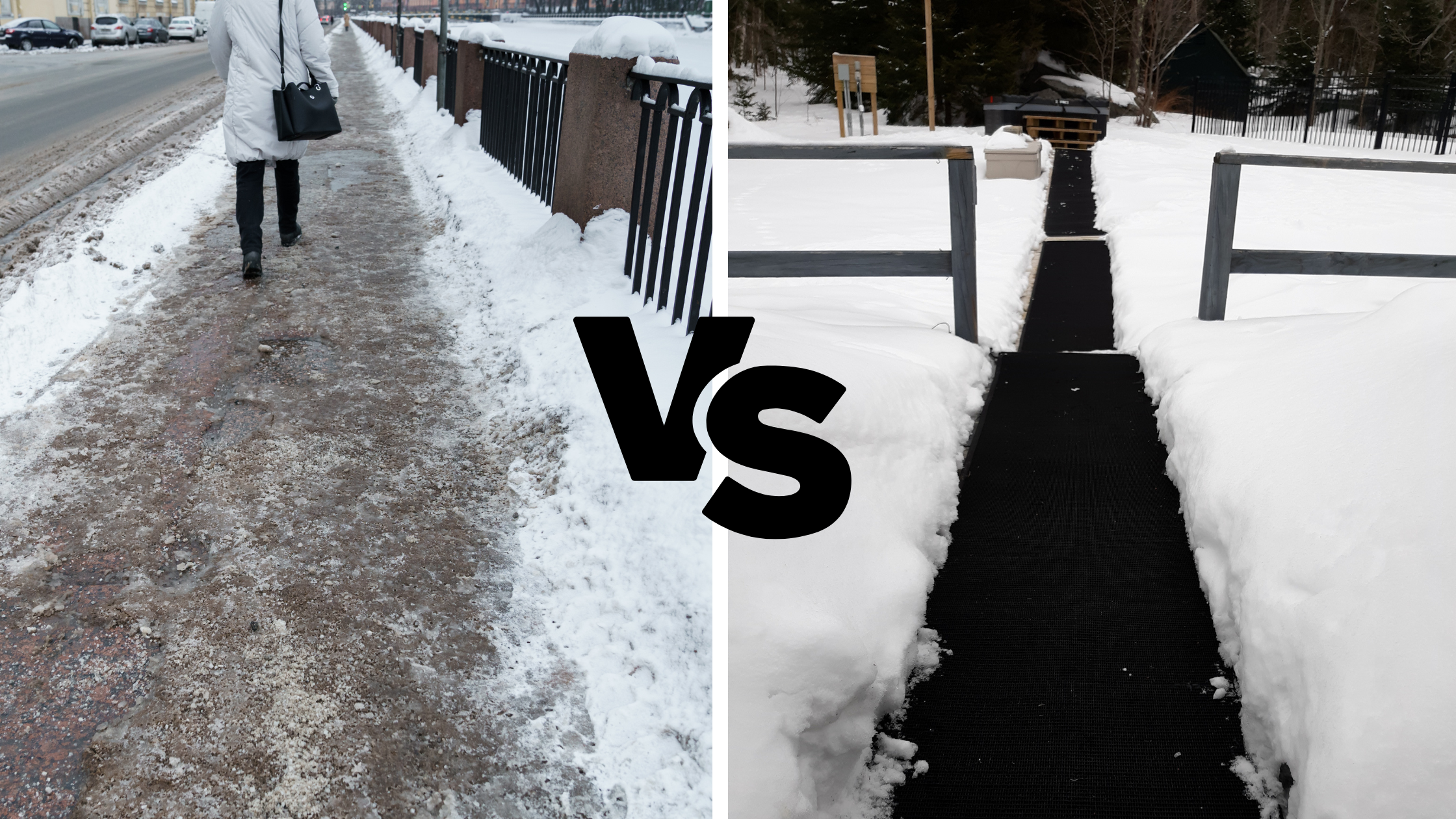
Comparing Snow Melting Mats and Ice Salt
When it comes to managing snow and ice during the winter, many property owners might not immediately consider alternatives to traditional snow and ice removal methods. However, comparing HeatTrak ...

The Best Hot Cocoa Recipes for a Cozy Snow Day
There’s nothing quite like sipping on a warm mug of hot cocoa while snow blankets the world outside. Whether you’re enjoying a day off, unwinding after shoveling (or skipping the shoveling with sno...
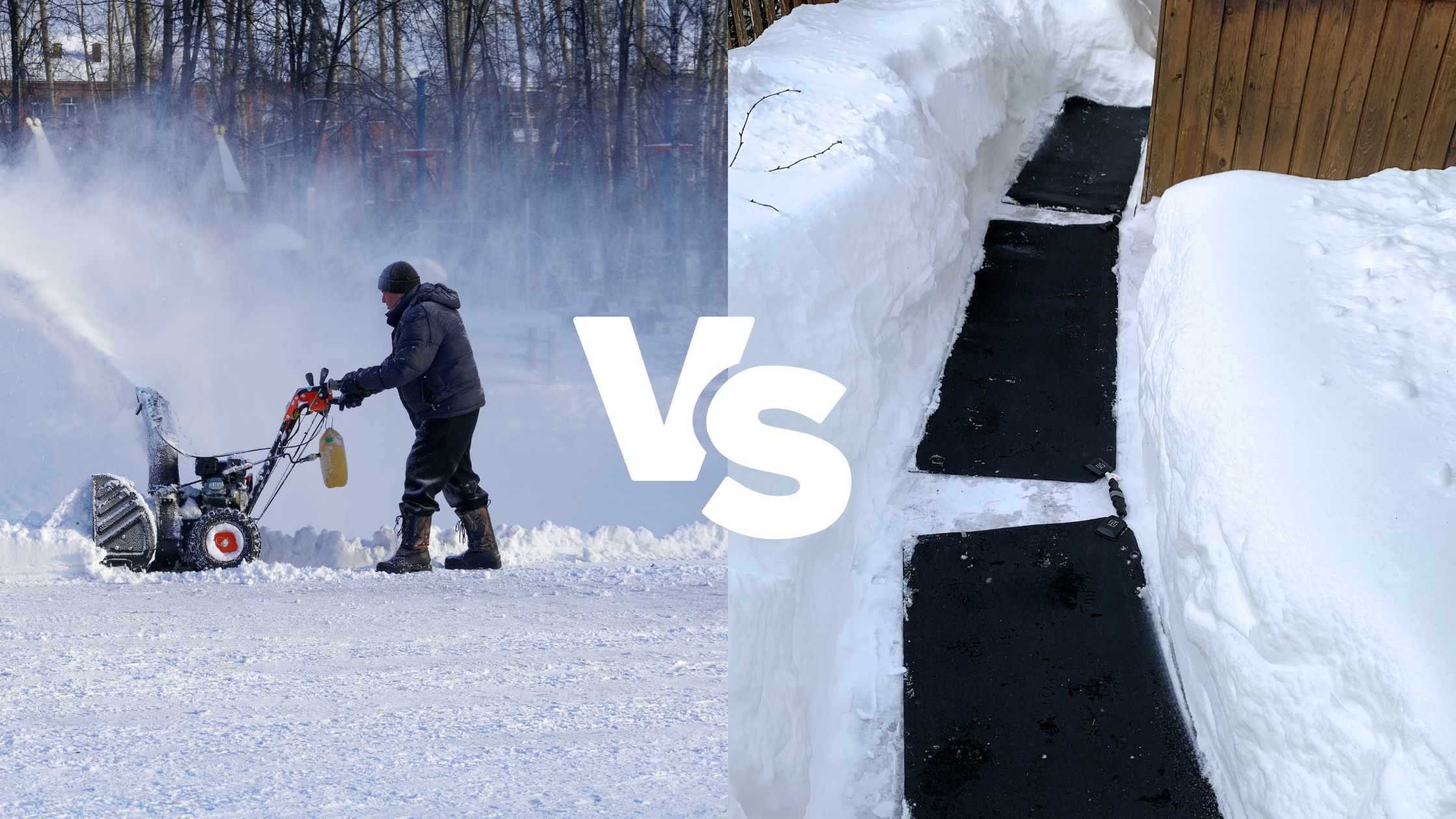
HeatTrak vs. Snow Blowers: Which Snow Removal Solution is Right for You?
When winter arrives and snow begins to accumulate, homeowners and businesses alike face the challenge of keeping walkways, stairs, and driveways clear. Snow blowers and heated snow and ice melting...

Boxing Day: Unwrapping the Mysteries of This Beloved Holiday
Ever wondered what Boxing Day is all about? Dive into the traditions, history, and modern celebrations of this unique holiday observed in various parts of the world.

Holiday Gift Ideas 2024: Practical and Meaningful Gifts for Loved Ones
Discover practical and meaningful holiday gift ideas, including HeatTrak snow-melting mats and more, for a safer, cozier winter.

Black Ice: The Hidden Winter Hazard and How to Outsmart It
If you’ve ever been caught off guard by a patch of black ice, you know how sneaky and dangerous it can be. Unlike snow or regular ice, black ice is practically invisible, blending seamlessly with...
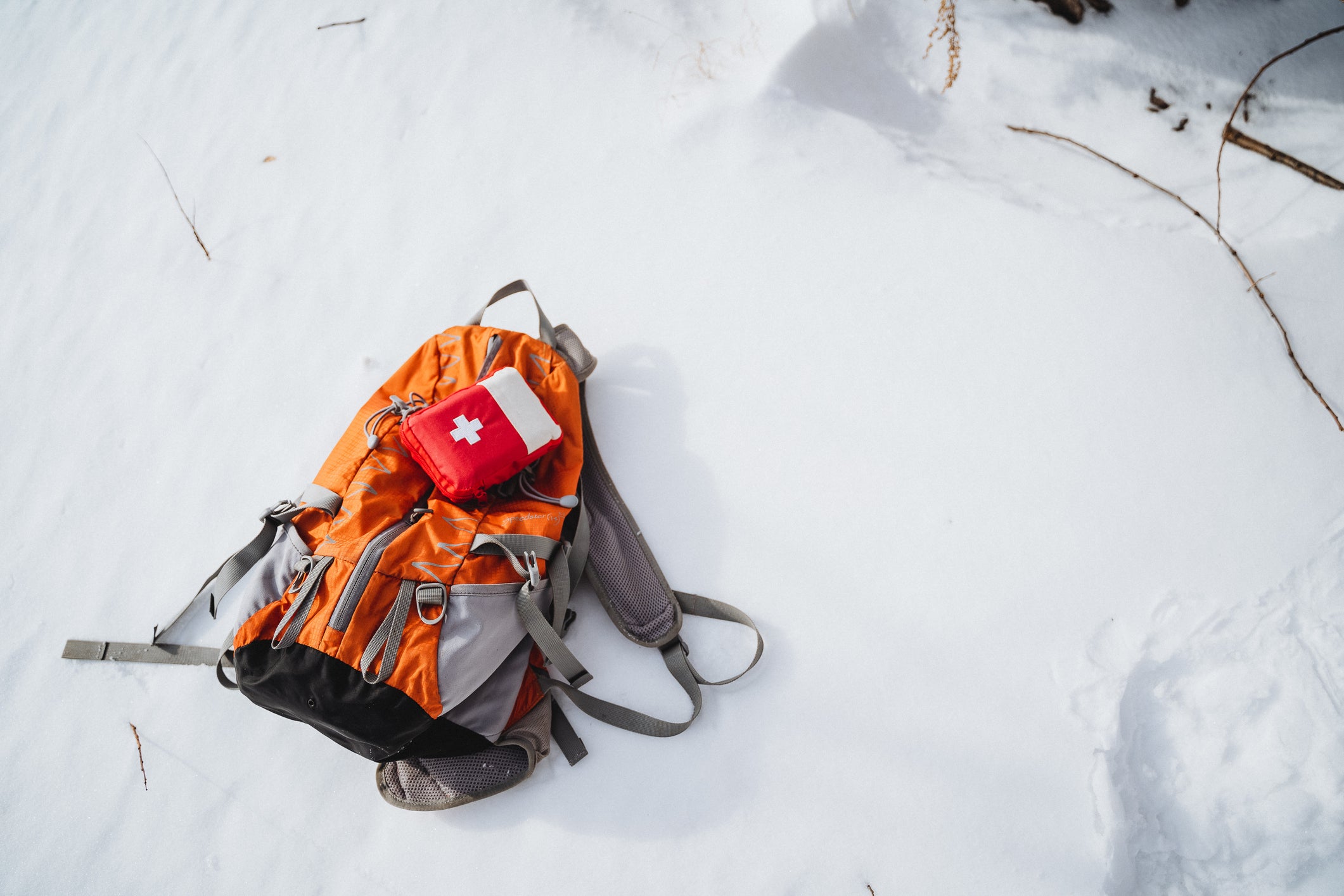
What Should an Emergency Kit for the Winter Contain?
Stay safe this season with a complete winter emergency kit! Discover essentials to protect your home, family, and walkways.
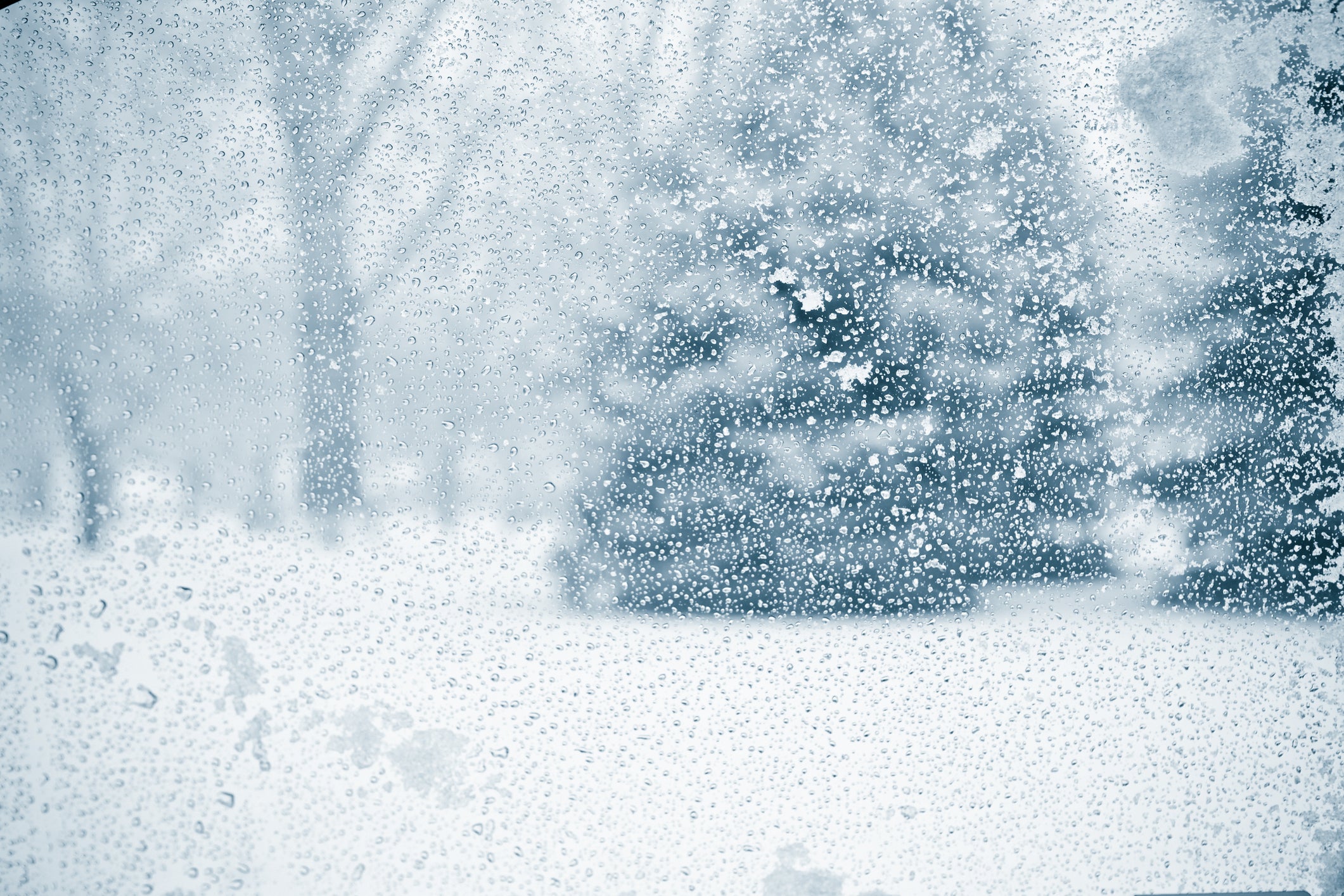
As the winter months approach, many of us start paying closer attention to weather forecasts and predictions about what lies ahead. The term "La Niña" often comes up in these discussions, especial...

Expecting Snowfall This Halloween? Try These 8 Ideas To Guarantee a Happy Haunting!
Transform a snowy Halloween into a cozy, spooky delight with indoor and outdoor activity ideas your family will love.